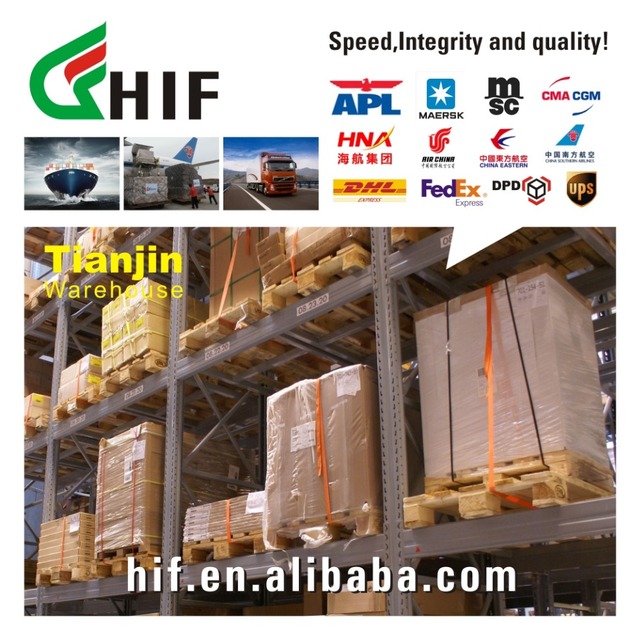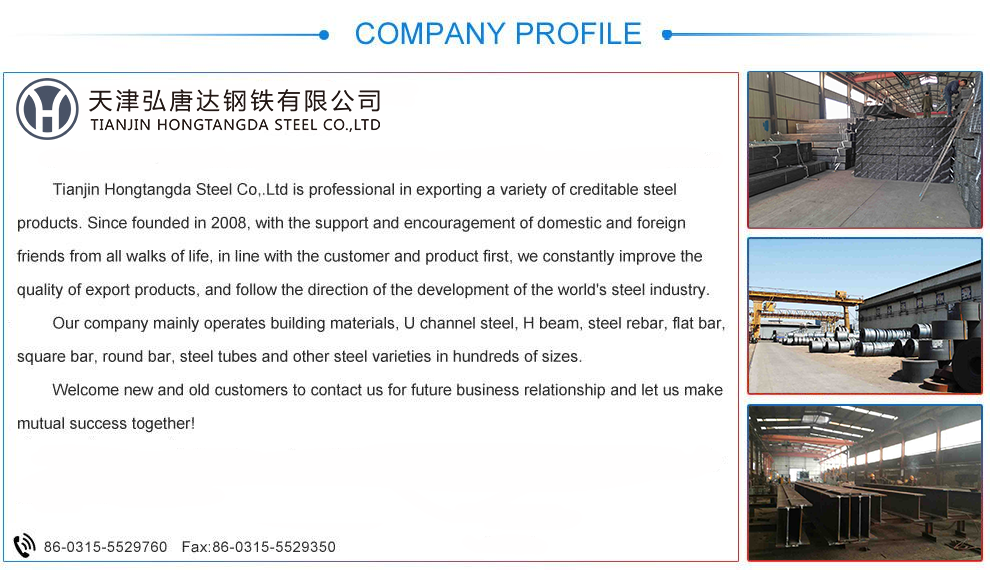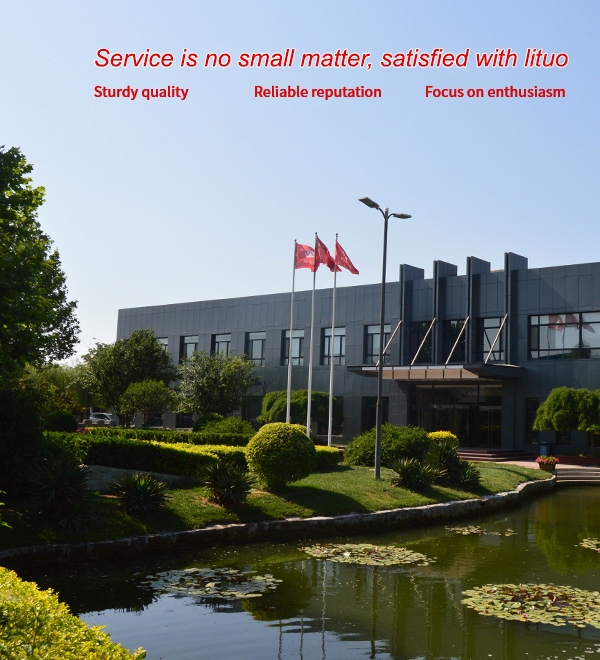The Clustering of Tianjins Rug Manufacturers
Tianjin, a city in China, is renowned for its rug manufacturing industry. The city's rug manufacturers are clustered in specific areas, with each cluster specializing in different types of rugs. For instance, some clusters produce traditional Chinese rugs, while others focus on producing modern and innovative designs. These clusters not only help to promote the industry but also facilitate collaboration and knowledge sharing among manufacturers. As a result, Tianjin's rug manufacturing industry has gained recognition both domestically and internationally for its high-quality products and innovative designs.
Tianjin, a city rich in cultural heritage and industrial history, is widely recognized as one of the important centers for rug manufacturing in China. The city's unique position, at the intersection of major transportation routes, has long made it a strategic hub for the production and distribution of fine rugs. However, in recent years, the industry has undergone significant transformation, with many rug manufacturers relocating to more cost-effective areas. Nevertheless, a core group of rug manufacturers has remained in Tianjin, forming a tightly-knit community that continues to thrive.
The concentration of rug manufacturers in Tianjin can be traced back to the city's industrial past. The city's textile industry, which dates back to the 19th century, provided a solid foundation for the development of the rug-making industry. As the demand for hand-knotted rugs increased, entrepreneurs in Tianjin recognized the potential for growth and began to establish their own factories. These early factories attracted skilled craftsmen from across China, establishing Tianjin as a hub of rug-making expertise.

The clustering of rug manufacturers in Tianjin has created a number of advantages for the industry. Firstly, the proximity of so many manufacturers has fostered a sense of competition and innovation, driving each other to improve their products and processes. Secondly, the concentration of skilled craftsmen has ensured a ready supply of high-quality labor, vital for the production of fine rugs. Finally, the infrastructure and support services available in the area have helped to make Tianjin a self-contained hub for rug manufacturing.
However, the clustering of rug manufacturers in Tianjin is not without its challenges. The rising cost of living and operating in the city has made it increasingly difficult for small and medium-sized enterprises to survive. Moreover, the competition from lower-cost manufacturing regions in China and elsewhere has diverted many manufacturers away from Tianjin. As a result, many rug manufacturers have either relocated or been forced to merge with larger companies to survive.

Despite these challenges, the clustering of rug manufacturers in Tianjin remains an important phenomenon. The city's rich cultural heritage and industrial history have created a unique ecosystem for rug manufacturing that is difficult to replicate. Moreover, the skilled craftsmen and innovative entrepreneurs who call Tianjin home continue to produce some of the finest rugs in the world. As a result, the city's rug manufacturing industry remains a vital part of its cultural and economic landscape.
In conclusion, the clustering of rug manufacturers in Tianjin is a complex phenomenon that reflects the city's historical development and industrial heritage. While the industry faces challenges in the face of rising costs and competition, the unique ecosystem created by Tianjin's cultural heritage and skilled craftsmen ensures its continued importance in the city's economic and cultural landscape.

Articles related to the knowledge points of this article:
Feather Jacket Washing: A Guide to Proper Care
Title: The Art of Combining a Tie and a Blouse: A Guide to Dressing Stylishly
Title: The Price of Down Comforters at Luolai Home Textiles
Title: Mastering the Art of Tying a Tie: A Step-by-Step Guide



